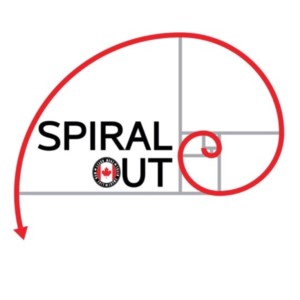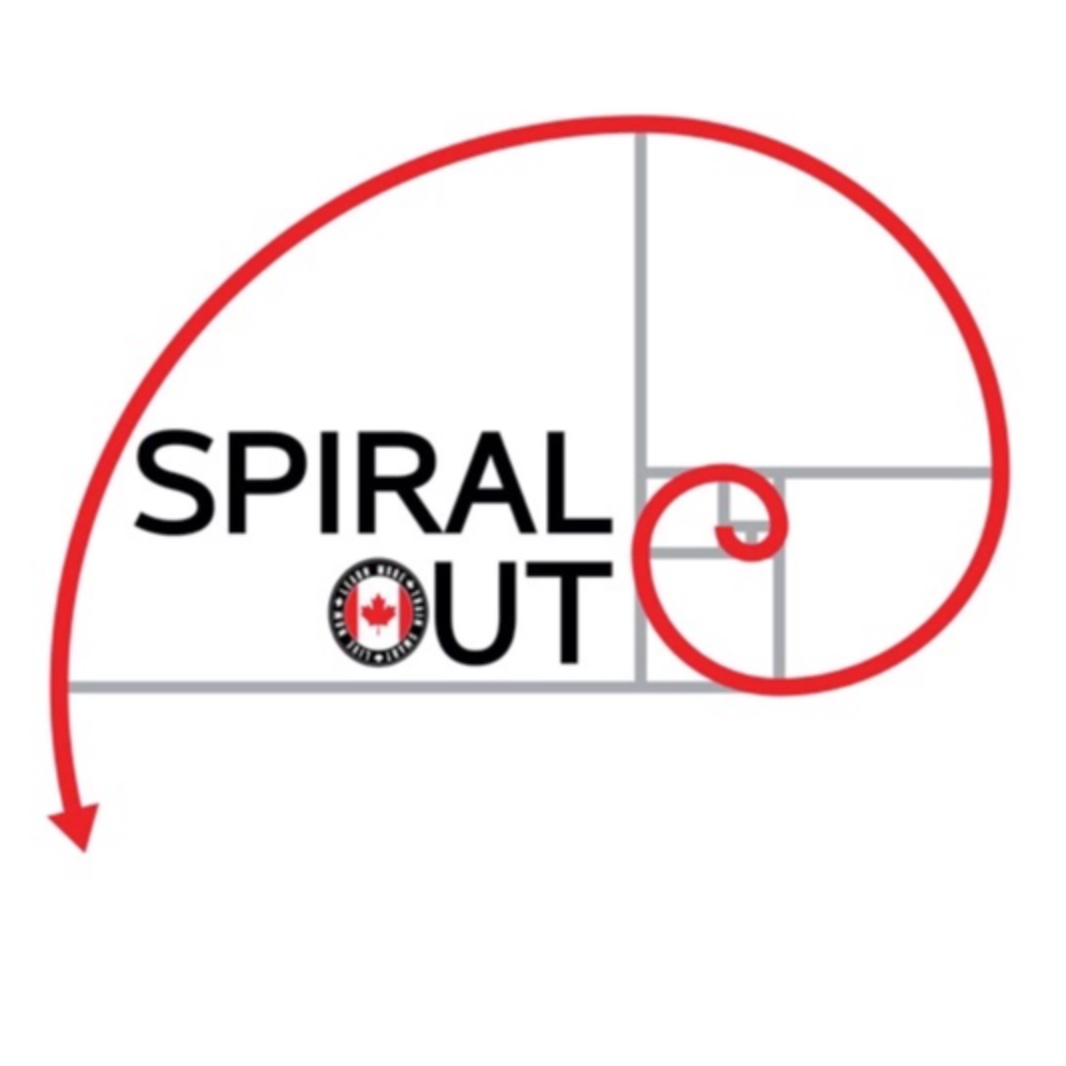Episodes

Tuesday Apr 04, 2023
Moving Pains
Tuesday Apr 04, 2023
Tuesday Apr 04, 2023
For everyone that doesn't know, we changed locations. This episode includes some of the obstacles that were involved with that process. Some of the stories may be a dramatization of actual events that occurred. Enjoy, and remember, always wear a harness and hard hat when using a skyjack!

Sunday Mar 26, 2023

Thursday Aug 11, 2022
Family Isn’t Holding You Back
Thursday Aug 11, 2022
Thursday Aug 11, 2022
In this episode, Scott and Mike talk about the effect starting a family has had on them as coaches.

Saturday Jun 25, 2022
Kat with a K
Saturday Jun 25, 2022
Saturday Jun 25, 2022
In this episode, we introduce one of our newest coaches Kat.

Tuesday Jun 14, 2022
Thoughts On Semi-Finals
Tuesday Jun 14, 2022
Tuesday Jun 14, 2022
Mostly our thoughts on Atlas Games as well as a bit on other events.

Thursday Mar 31, 2022
Between Two Qualifiers
Thursday Mar 31, 2022
Thursday Mar 31, 2022
Our thoughts on the CrossFit quarter-finals.

Thursday Mar 03, 2022
Anaerobic Threshold
Thursday Mar 03, 2022
Thursday Mar 03, 2022
In this episode, we discuss the topic of the Anaerobic Threshold and the ongoing debate of whether the term is valid concerning exercise performance.
References:
https://physoc.onlinelibrary.wiley.com/doi/10.1113/JP279963
https://pubmed.ncbi.nlm.nih.gov/33844670/
https://pubmed.ncbi.nlm.nih.gov/33844671/

Wednesday Dec 01, 2021
Coach Martin Altemark
Wednesday Dec 01, 2021
Wednesday Dec 01, 2021
A discussion with coach Martin Altemark.

Thursday Nov 11, 2021
Concurrent Training
Thursday Nov 11, 2021
Thursday Nov 11, 2021
A discussion on laying out endurance and strength training to get the most out of training.
Reference: https://physoc.onlinelibrary.wiley.com/doi/pdf/10.1113/JP272270

Wednesday Oct 20, 2021

